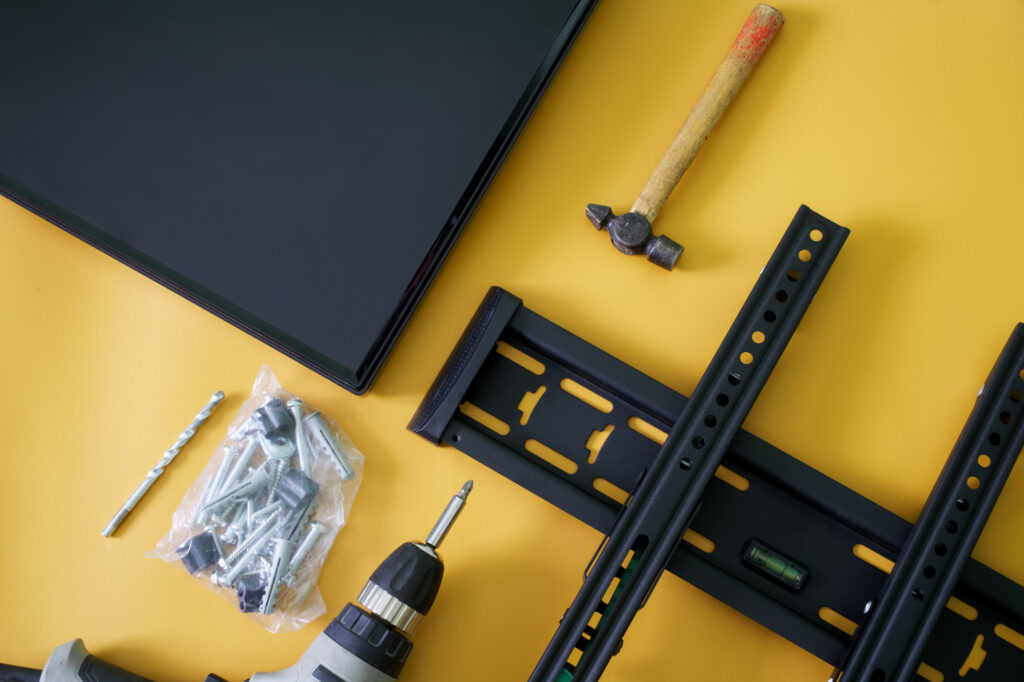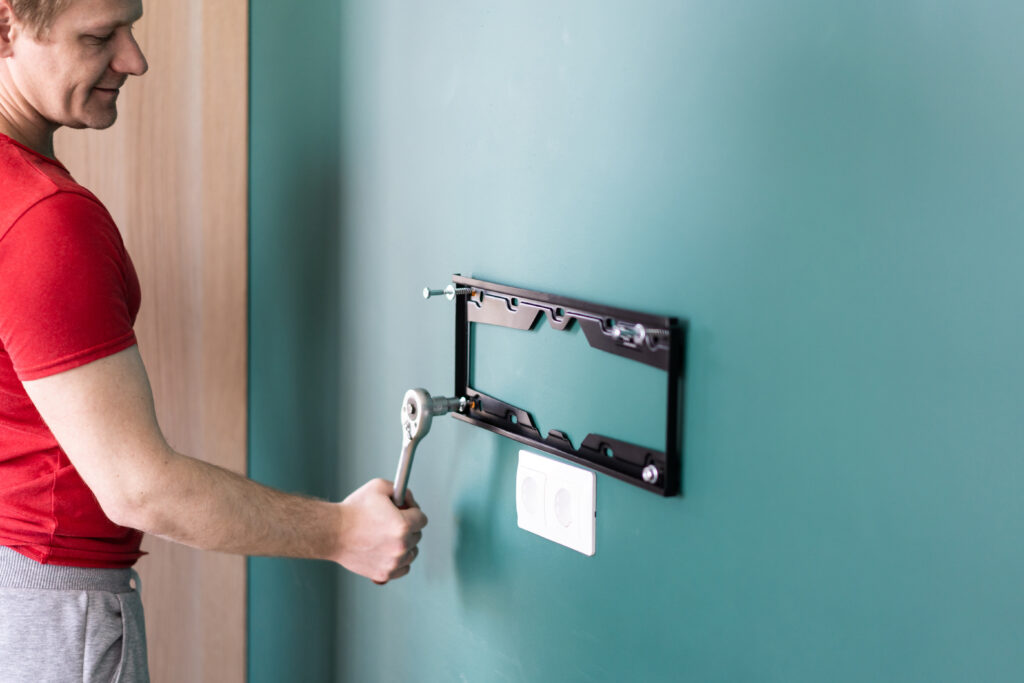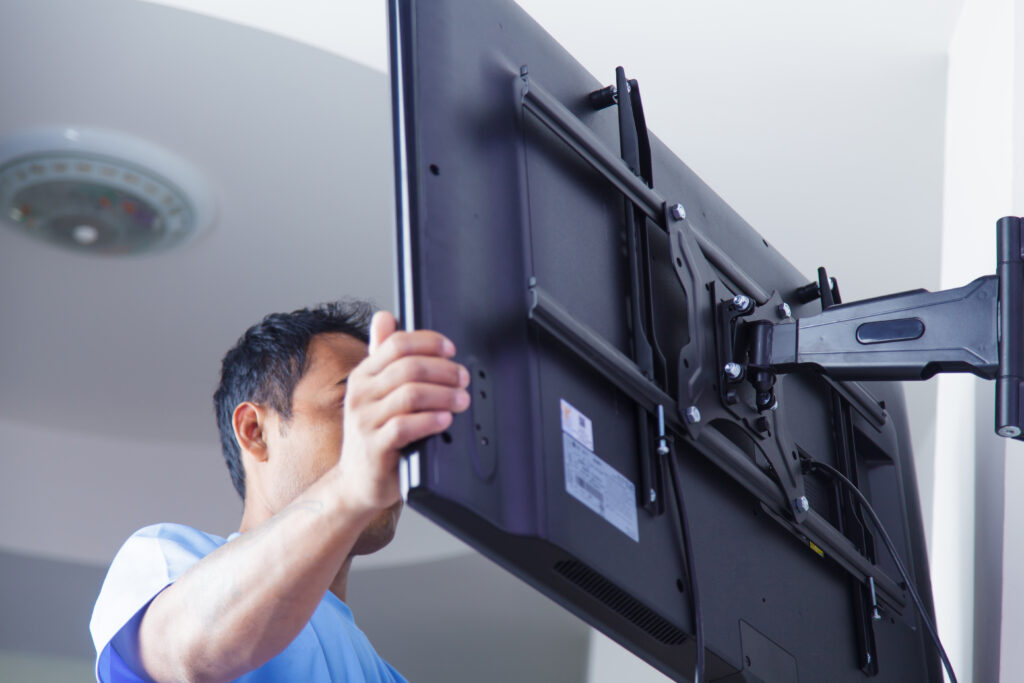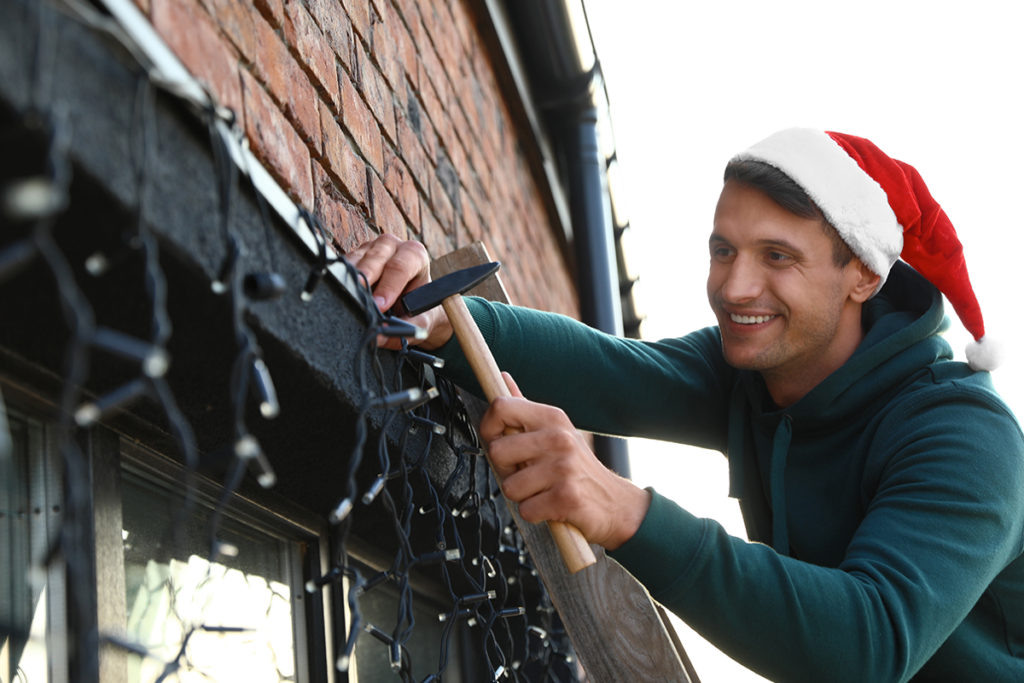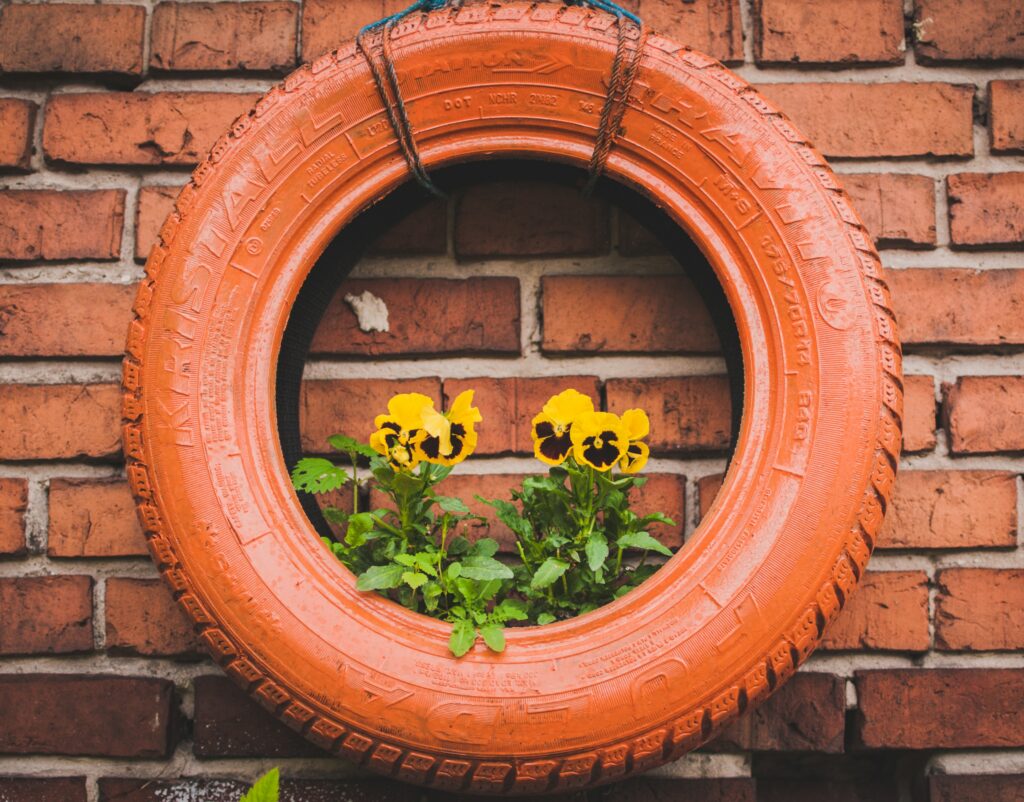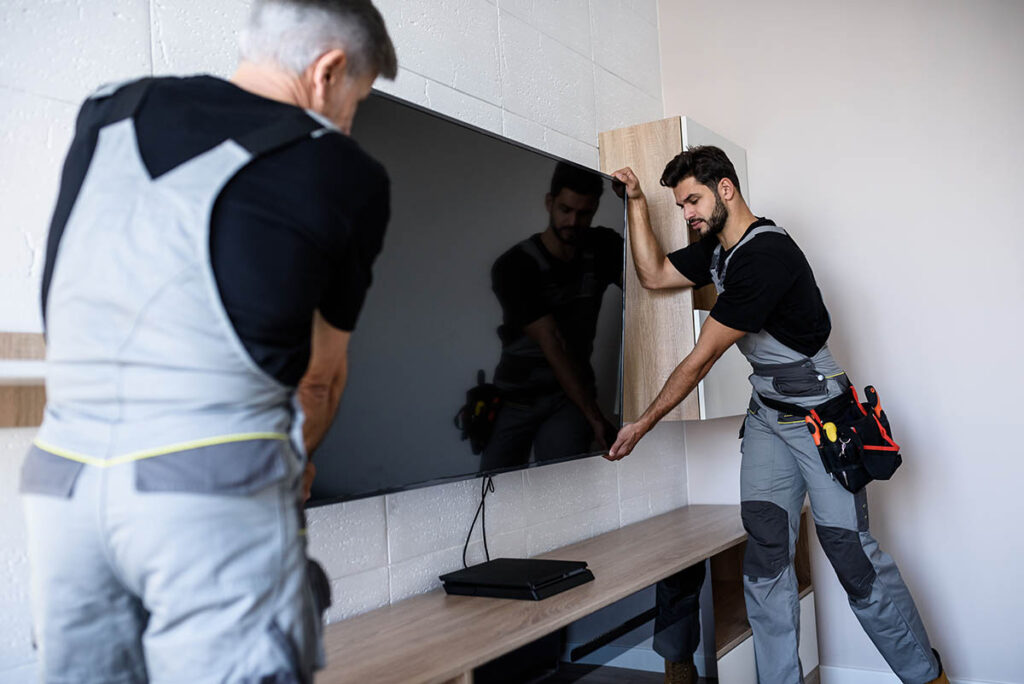In this part of our Mounting “upskilling” series with Tasker Nick C., we’ll tackle the process of troubleshooting wall studs. According to Nick, finding studs correctly is vital to avoid:
- Drilling into a water pipe
- Damaging electrical wiring
- Mounting an item into drywall only—and cause it to fall and break
Understanding different wall types is the first step to finding the stud in the wall and knowing what kind of anchor you might need, if any. For more information on all wall types, see Mounting 105: Know Your Wall Types.
- Steel Studs
- Increasingly more common but most likely to be found in high-rise (>3 stories) apartment buildings and offices.
- More difficult to mount onto because they are thin and can buckle with heavier objects.
- Each steel stud is roughly the same size as a wood stud. Drywall is screwed directly to the studs.
- Steel studs are generally placed 24 inches (60cm) apart (although it never hurts to check at 16 inches too).
- Drywall screws (light duty) and toggle bolts (heavy duty).
- Lathe and Plaster
- Usually found in residential buildings built in the mid-twentieth century or earlier.
- Have wooden studs and wooden lathe running between the studs (parallel to the floor and ceiling).
- Stud finders often won’t work because the plaster layer is thicker than modern drywall. To find the studs beneath lath and plaster walls, you’ll have to get a stud finder with metal-detecting capabilities. These will indicate where the nails are connecting the wooden lathes to the studs—and show you where to screw in your mounting brackets. Plaster can crumble easily so be extra careful when drilling!
- Screws or bolts can go into the studs, toggle bolts for heavier application where no stud is located.
- Brick, Concrete, and Stone
- Some wall types that fall into this category: fireplaces, cement office buildings, industrial lofts. Usually, you’ll know when you see it!
- Both brick and concrete are wall types that are not formed around studs.These walls are very hard and require that you be prepared with special tools, including:
- Metal screw anchors and metal screws.
- A hammer drill.
- Masonry bits with the right diameter to fit the metal screw anchors.
- Eye and ear protection.
If Your Stud Finder Fails…
Tasker Nick C. says that certain studded wall types, particularly lathe and plaster, won’t work with a stud finder. So, what’s a Tasker to do? First…don’t fret! You have a few backup options for finding the stud.
- Know your spacing. Studs are usually spaced 16 inches (40 cm) apart on center, meaning the center of one stud is 16 inches away from the center of the next stud. Beware that some homes do have 24 inch (60 cm) on center stud spacing, but this is mostly the case for older homes and is pretty rare.
- Knock on the wall. You’ll be able to hear a dull thud when you’re knocking on a wall over a stud, and more of an echoing sound when not. This works well to find out general stud location, but not for exact placement!
- Get a magnet! A magnet slowly moved up, down, and side to side across a wall can locate the screws used to fasten the drywall or lath to the studs. Find these screws and you’ve found your stud!
Finding Studs and Placing Hardware:
Tasker Nick C. has listed the basic steps he takes when finding studs:
- Use your stud finder! Run it slowly in a horizontal direction along the wall until it signals. Mark this spot. Starting on the other side, run the stud finder horizontally towards the mark you made on the wall. When it beeps, mark the wall. Your stud is between these two marks!
- Remember, studs should be 1 ½ inches (4cm) wide. If the distance between the marks you made is larger than this, pull your stud finder out again.
- When drilling into the wall, go slowly. Drywall is quite easy to drill through, but when you’ve made it through the drywall you don’t want to drill into anything unexpected.
- If you’re using an anchor that expands into the wall, make sure you use a drill bit significantly smaller than the anchor. You can always increase the size of the hole, but it’s way harder to deal with once it’s too wide.
- You don’t always have to mount into a stud, particularly if the object is not too heavy. Even heavier items can often be safely hung with toggle bolts. But if you have the option to use a stud you should consider taking it.
If Finding The Studs Remains Problematic:
“Earning trust is one of the most important steps in building your business on Taskrabbit,” Nick says. “The client trusts that you are the expert of this task, and therefore qualified to make judgment calls based on the situation at hand. That being said, it’s also your job as the Tasker to make sure the client understands what you’ll be doing, and is updated on any changes to that plan.” Here’s what Nick does when he runs into unforeseen circumstances:
- Take precautions. Protect yourself, your business, and your client’s home. If your stud finder is detecting something that is not a stud in the wall, be sure to understand what it is before drilling.
- Understand the building: In the case of mystery items behind the wall, and if the client is present, do not be afraid to ask a few scoping questions about the wall. For example, find out what room is on the other side of the wall. If it’s a bathroom or kitchen, that could mean pipes–which you would definitely want to avoid.
- Reschedule. Don’t be afraid to reschedule a task with your client if your stud finder is not working properly, or you are unable to find the answers you need about the wall. The client would most likely prefer to have the task postponed than a bunch of unnecessary holes in their wall.
- Get the proper tools to help you find the stud. It’s always best to come back another day with working tools than to risk drilling into a pipe. Remember: You might have to use different types of stud finders depending on the wall types.
Still stuck on wall stud troubleshooting? Check out Home Depot’s YouTube channel for more information on all things Mounting-related!






